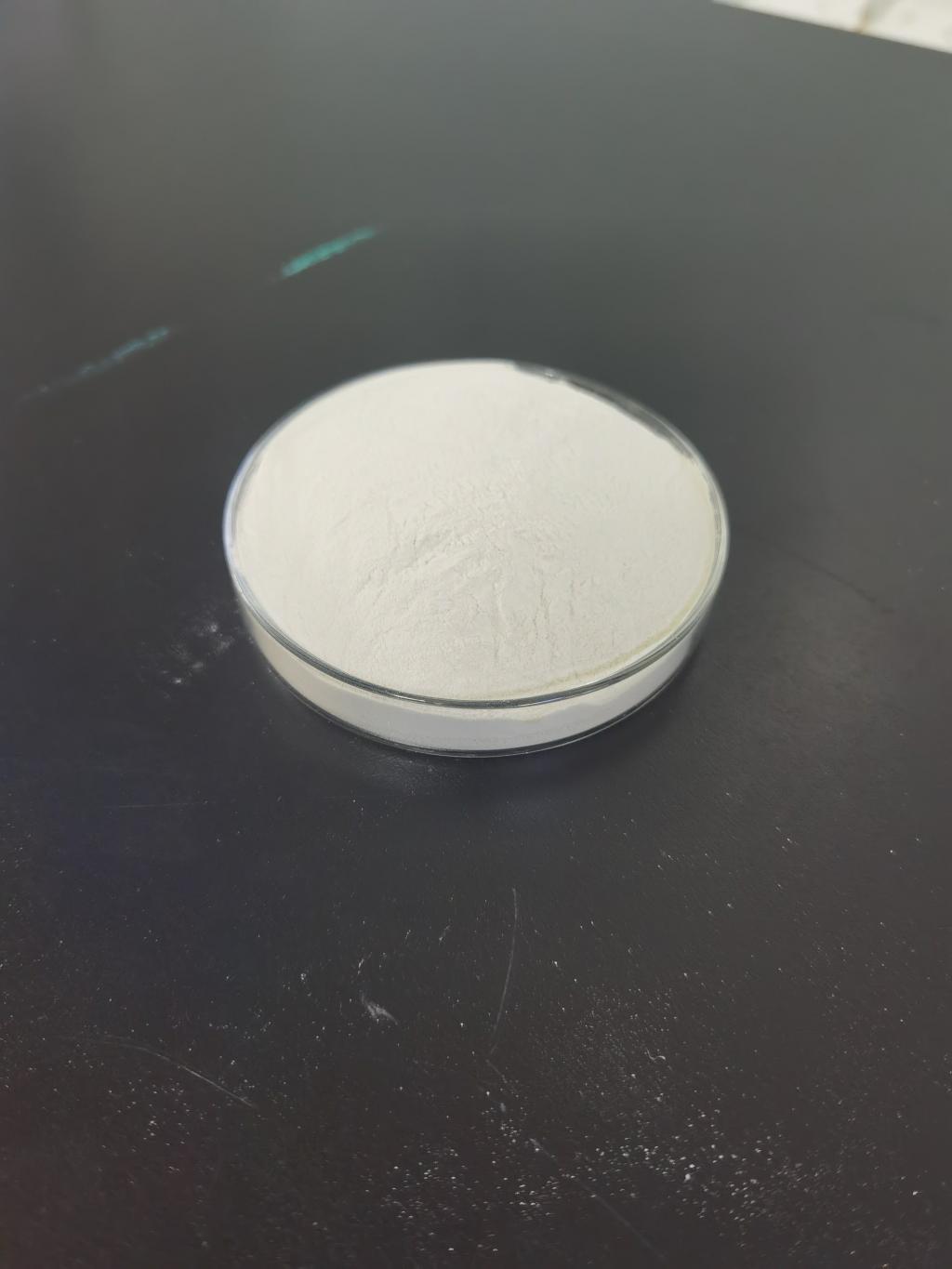Tel:+8618231198596

News
 CONTACT
CONTACT
 CONTACT
CONTACT
- Linkman:Linda Yao
- Tel: +8618231198596
- Email:linda.yao@dcpharma.cn
- Linkman:CHARLES.WANG
- Department:Overseas
- Tel: 0086 0311-85537378 0086 0311-85539701
News
Current Position:
Home >
News
>Has Nisin been tested for its antimicrobial activity against foodborne viruses?
Has Nisin been tested for its antimicrobial activity against foodborne viruses?
TIME:2023-05-31
Methods:
A systematic search of relevant literature was conducted using electronic databases, including PubMed, Scopus, and Web of Science. Keywords such as "nisin," "antimicrobial activity," "foodborne viruses," and "viral infections" were used in various combinations to identify relevant studies. Only articles published in English and conducted on foodborne viruses were included in the review.
Antimicrobial Activity of Nisin against Foodborne Viruses:
Norovirus:
Norovirus is a leading cause of foodborne illness, commonly associated with gastrointestinal symptoms. Several studies have investigated the antiviral potential of nisin against norovirus. In vitro studies have demonstrated that nisin can effectively reduce the infectivity of norovirus by disrupting the viral capsid, inhibiting viral attachment, and interfering with viral replication. However, it is important to note that further research is needed to determine the exact mechanism of action and evaluate the efficacy of nisin against different norovirus strains.
Hepatitis A Virus (HAV):
HAV is primarily transmitted through contaminated food and water and can cause acute hepatitis. Studies investigating the antiviral activity of nisin against HAV have shown promising results. Nisin has been found to inhibit HAV replication by disrupting viral particles and inhibiting viral entry into host cells. These findings suggest that nisin could potentially be used as an adjunct treatment to reduce the infectivity of HAV in food matrices.
Rotavirus:
Rotavirus is a common cause of severe gastroenteritis, particularly in infants and young children. Limited studies have explored the efficacy of nisin against rotavirus. In one study, nisin was found to significantly reduce rotavirus infectivity in vitro by disrupting the viral envelope. However, more research is needed to validate these findings and determine the optimal concentration and exposure time required for effective viral inactivation.
Enteric Adenoviruses:
Enteric adenoviruses are associated with gastrointestinal infections and are commonly transmitted through contaminated food and water. Few studies have investigated the antiviral activity of nisin against enteric adenoviruses. Preliminary results suggest that nisin exhibits a moderate inhibitory effect on enteric adenovirus replication. However, further research is warranted to evaluate its effectiveness against different adenovirus serotypes and explore potential mechanisms of action.
Mechanisms of Action:
The antimicrobial activity of nisin against foodborne viruses can be attributed to several mechanisms, including disruption of viral envelopes, interference with viral attachment to host cells, inhibition of viral replication, and modulation of host immune responses. The exact mechanism may vary depending on the specific virus and its structural characteristics.
Future Directions and Applications:
Despite the promising findings regarding the antimicrobial activity of nisin against foodborne viruses, more research is needed to validate these results and explore the potential applications in food safety. Future studies should focus on evaluating the efficacy of nisin against a broader range of foodborne viruses, assessing its stability under different processing conditions, and conducting in vivo studies to determine its safety and effectiveness in animal models. Furthermore, the development of novel delivery systems and formulations to enhance the stability and bioavailability of nisin in food matrices could be explored.
Conclusion:
The antimicrobial activity of nisin against foodborne viruses holds promise as a potential strategy to mitigate the risk of viral infections associated with contaminated foods. Although current research is limited, the available evidence suggests that nisin can inhibit the infectivity of several foodborne viruses by disrupting viral particles and interfering with various stages of the viral life cycle. Further investigations are needed to fully elucidate the mechanisms of action, optimize conditions for viral inactivation, and evaluate the feasibility of incorporating nisin into food processing and preservation strategies to enhance food safety and public health.
- Tel:+8618231198596
- Whatsapp:18231198596
- Chat With Skype







